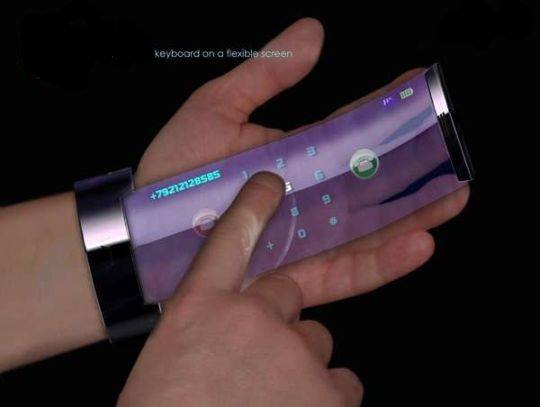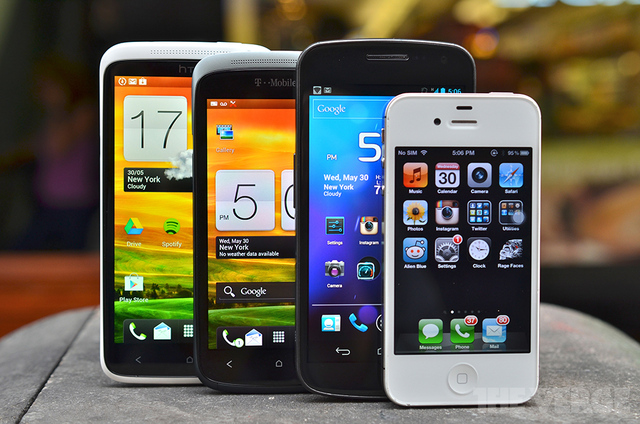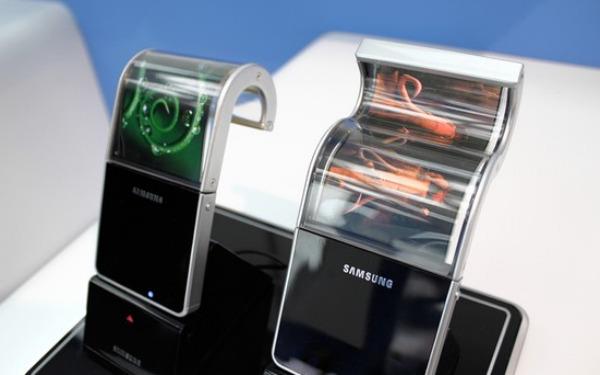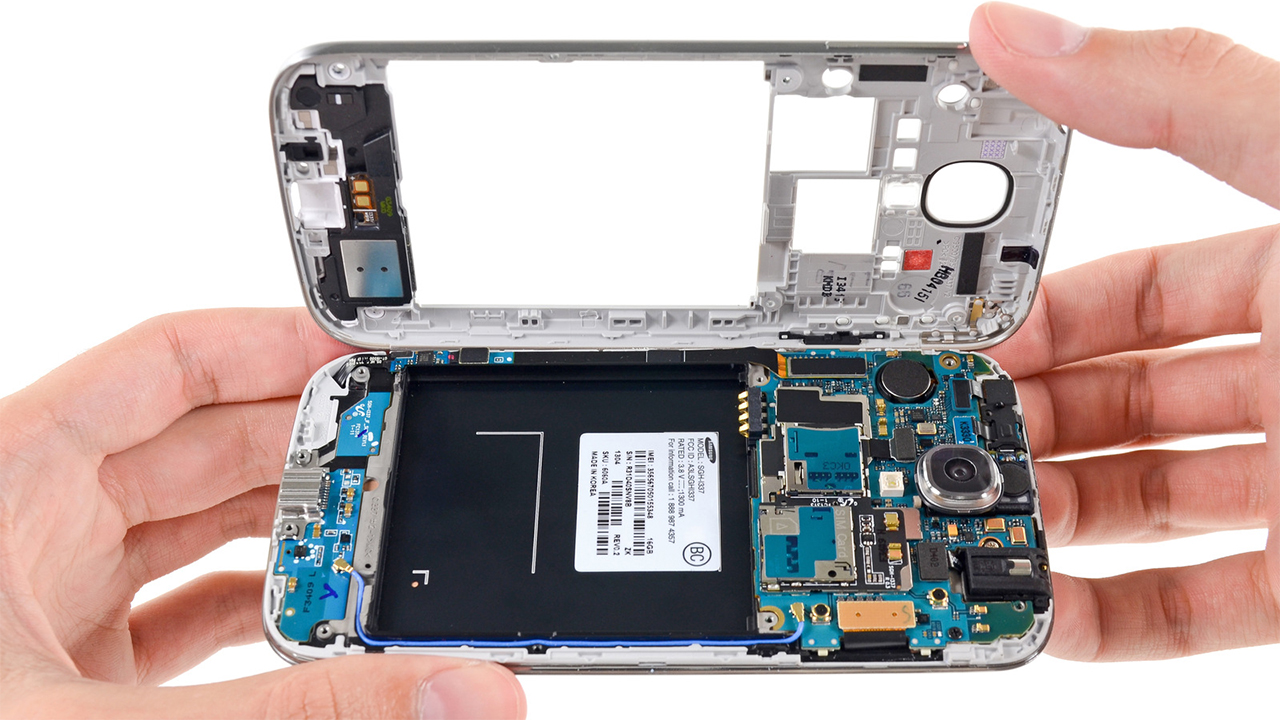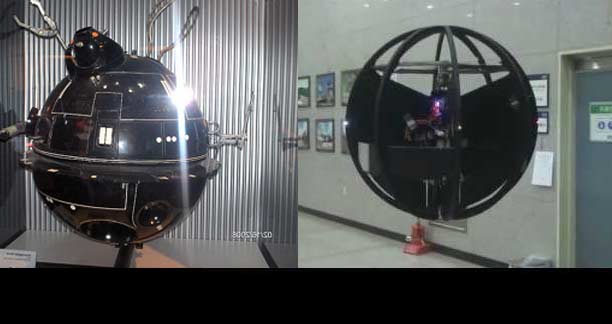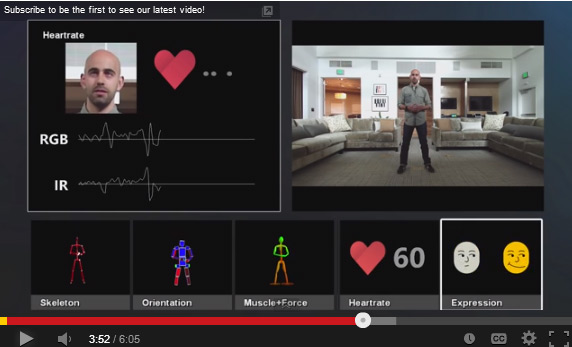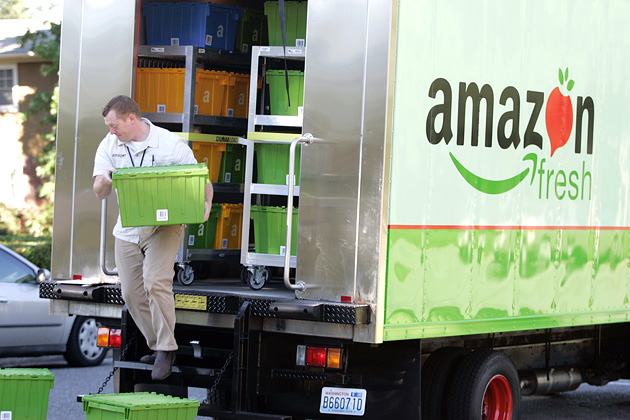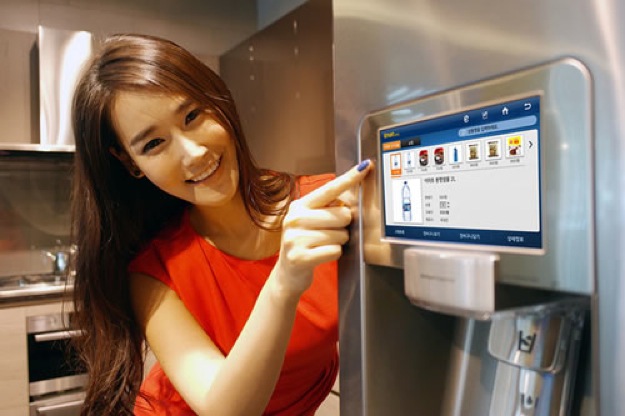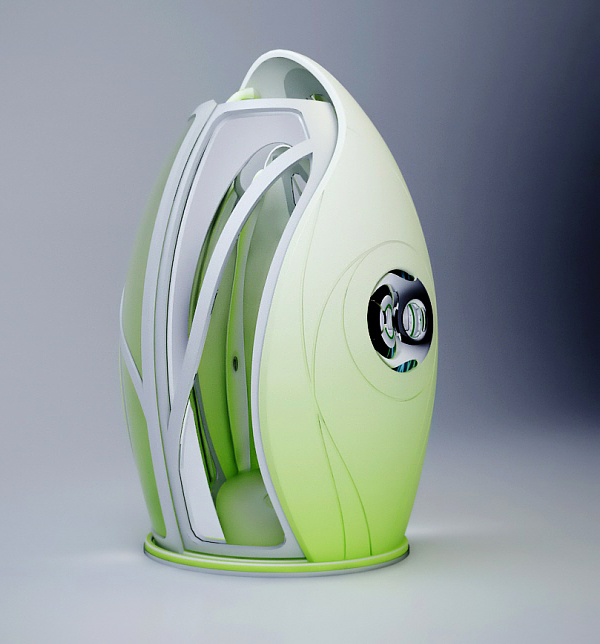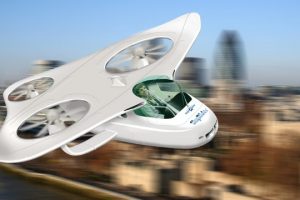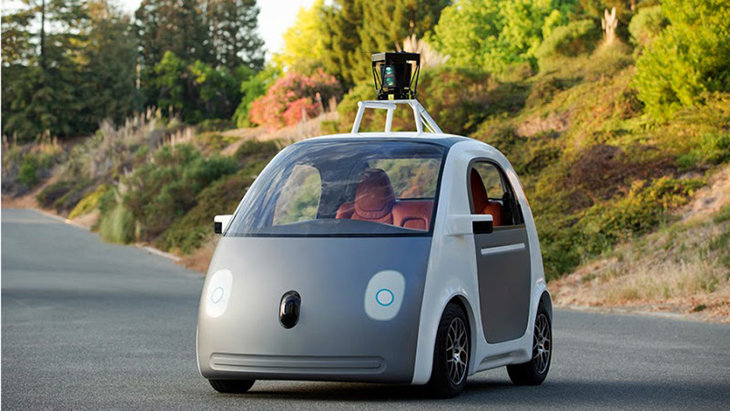New Products Are Making Home Automation Easier and More Affordable
New products and services are making home-automation features increasingly accessible to the average homeowner.
“It appears that we may be at a turning point,” said Chet Geschickter, an analyst with Gartner, a market research group. “We may have all the raw materials for this interoperable home-automation world.”
In recent months, some major corporations have announced new products and services that could help turn the smart home into a mass-market activity. Among the developments:
AT&T announced it will be rolling out its home-automation initiative in March and plans to offer the service in 58 markets nationwide by the end of the year. The service will offer connected door locks, thermostats and video cameras as well as basic security protection. Unlike a similar service offered by Comcast, AT&T’s will be sold separately from the company’s broadband offerings.
Lowe’s introduced a collection of add-on services for its Iris home-automation kits, which it unveiled last summer. Among the new features are sensors designed to help consumers monitor their elderly parents, an automated pet door that locks or unlocks remotely, and a lawn moisture sensor that notifies customers when their yards are getting dry and allows them to turn on their sprinkler system remotely.
ADT, the home-security giant, added the ability to remotely lock and unlock doors to its Pulse home-automation offering. Thecompany already allowed users to adjust their lighting and thermostat and view security video of their home remotely.
Home-appliance maker LG showed off a new washer and dryer set that users can start remotely with their smartphones.
The promise of widely available home automation has been around since “The Jetsons” aired 50 years ago. But until recently, smart- home systems have been pricey and complex, typically requiring professional installation. And few consumers have been aware of the availability of such services or haven’t been convinced that they needed them.
But in recent years, major consumer service providers — including ADT, Comcast and Vivint — have entered the market, helping promote the concept of home automation and make it more accessible to average consumers. Companies such as Comcast and Vivint now offer basic home-automation systems for less than $500 installed.
And Lowe’s Iris, which is available for about $300 for a full system, is designed for self-installation.
“We definitely see that (home automation) is moving increasingly into the mainstream,” said Jonathan Collins, an analyst with ABI Research.
Helping drive the decline in price and ease of use are standardized wireless technologies such as ZigBee and Z-Wave that allow users to install light controllers and automated door locks without needing to rewire their house. Such technologies have allowed electronics manufacturers to design more modular and expandable systems, letting users and service providers customize systems for individual needs and budgets.
The spread of broadband, cloud computing and smartphones have also provided new and compelling ways for consumers to interact with home-automation systems, say analysts. For example, smart-home services can take the smartphone’s location information and use it as a trigger for doing things like turning on lights or sending alerts.
“Without a smartphone, (the smart home) wasn’t really an exciting value proposition,” said Lisa Arrowsmith, a research manager at IHS Electronics and Media.




















